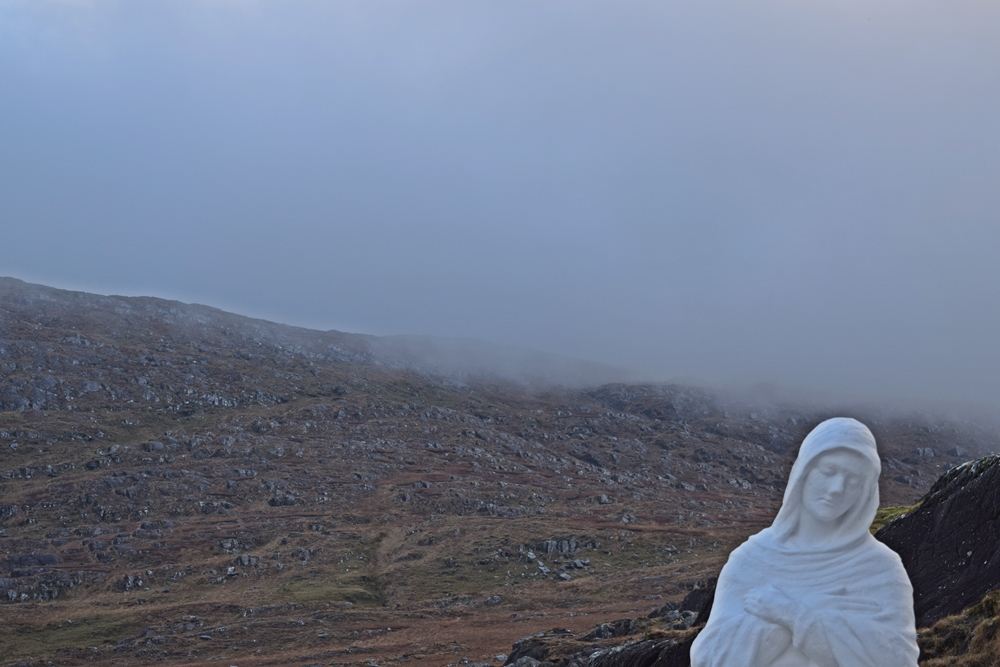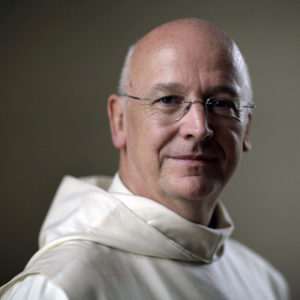Also Listen on:
The remote statue of Mary in the Irish wilderness has avoided vandals and iconoclasts. In the 9th century however the Iconoclast controversy in Eastern Christianity led to widespread destruction of many works of sacred art. Hard to believe today, when it’s hard to get into many Orthodox churches so full are they of icons.
The religious mind, especially when it is politically influenced, has an unresolved conflict about the value of images. Islam and Judaism reject them entirely. Twenty years ago, the Taliban shocked the world by blowing up the 6th century states of the Buddha in Bamiyan that towered over the ancient Silk Road. In 17th century England Puritans of the Reformation desecrated much medieval art in the ancient cathedrals, fortunately with characteristic English moderation. The Chinese government did the same, more thoroughly, to cultural artefacts during the Cultural Revolution and more recently directed its iconoclastic hatred against Tibetan religious places of worship. Tourism today may be the best defender of these works of devotion – or idolatry, depending on your point of view. The ravaged site of Bamiyan is now a tourist attraction.
St Gregory of Nyssa gets behind this with his comment that every image of God is an idol, beginning with thoughts. The deeper Christian wisdom here is that if the interior or external image distracts us from the living God and from our own true nature as the image of God, then it has become an idol. It is not necessary to smash beautiful works of human sacred imagination but we do need to dissolve our inner attachments to mental and emotional images. The mantra rather than the hammer.
The episode of the Golden Calf in the Exodus story, as the Israelites trekked through their forty years in the wilderness, illuminates the cause and the cure of idolatry. When Moses was delayed in his interview with God on the mountain, the people got restless and said: ‘Come let us make us a god at the head of us’. They donated gold, fashioned the calf and had a rave. The interesting thing is how conscious and calculating they were. They knew this god was their own creation just as people who worship money today know they are making it. There’s no mystery in it at all, except the phenomenon of ‘deliberate hebetude’, my favourite expression for dumbing oneself down. Nothing sacred, transcendent or deep. Just a technique for avoiding what we do not want to face in ourselves. For the Israelites it was their inability to face the emptiness of waiting, the desert experience. The horror of the void soon becomes the horror of a created god that lacks divinity and so is a demon. And we know what demons are: gluttony, lust avarice, sadness, anger, acedia, vainglory and pride, to name a few.
So far, the cause. Next, the cure for idolatry. Moses comes back carrying the stone tablets of the law written with God’s own hand (quite a valuable work of art) and in rage smashes the tablets. The ultimate iconoclasm. Even God’s Law can be an idol. Then he destroys the golden calf, grinds it into powder, adds water and makes the people drink it. It must have tasted horrible but the poison was the medicine.





